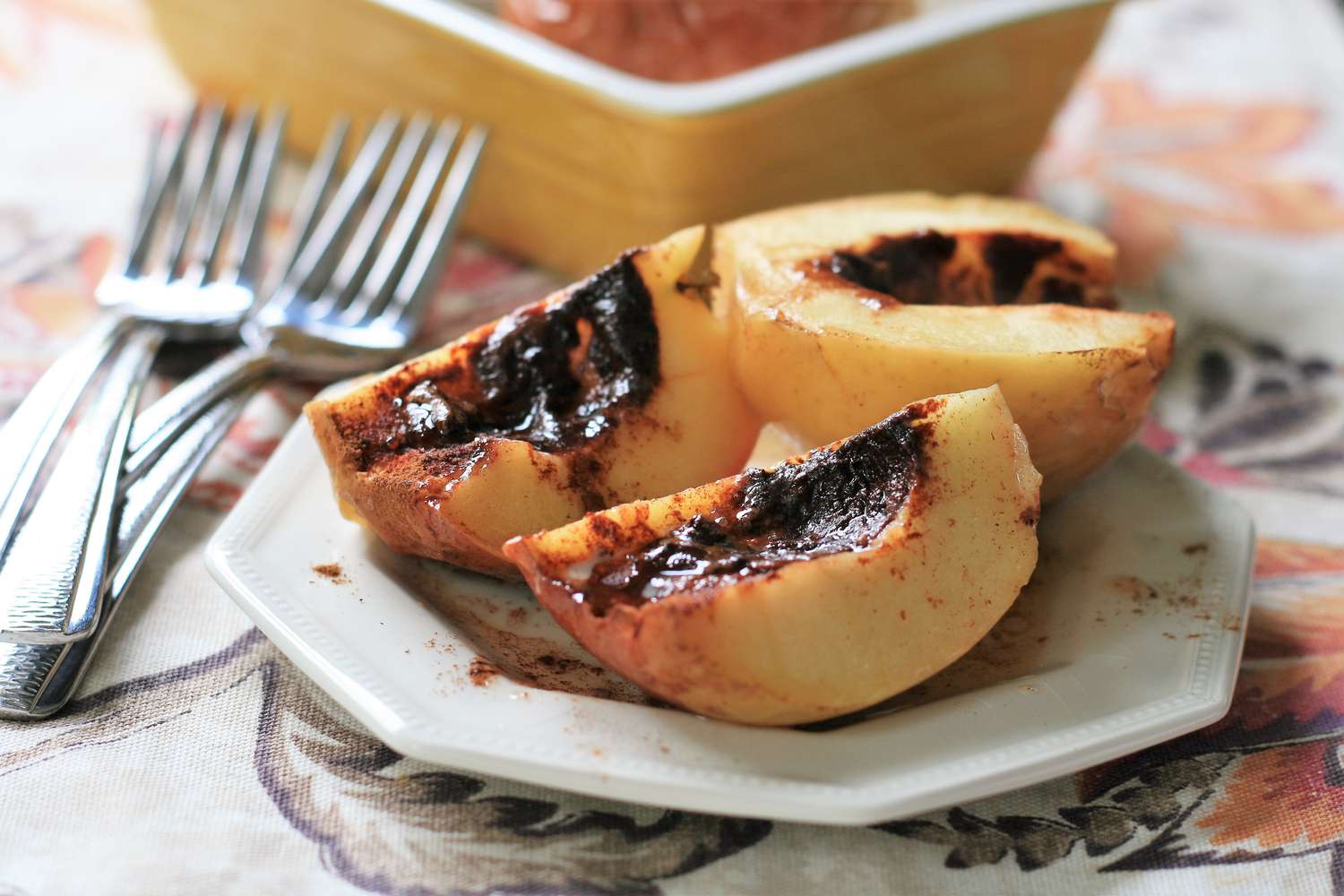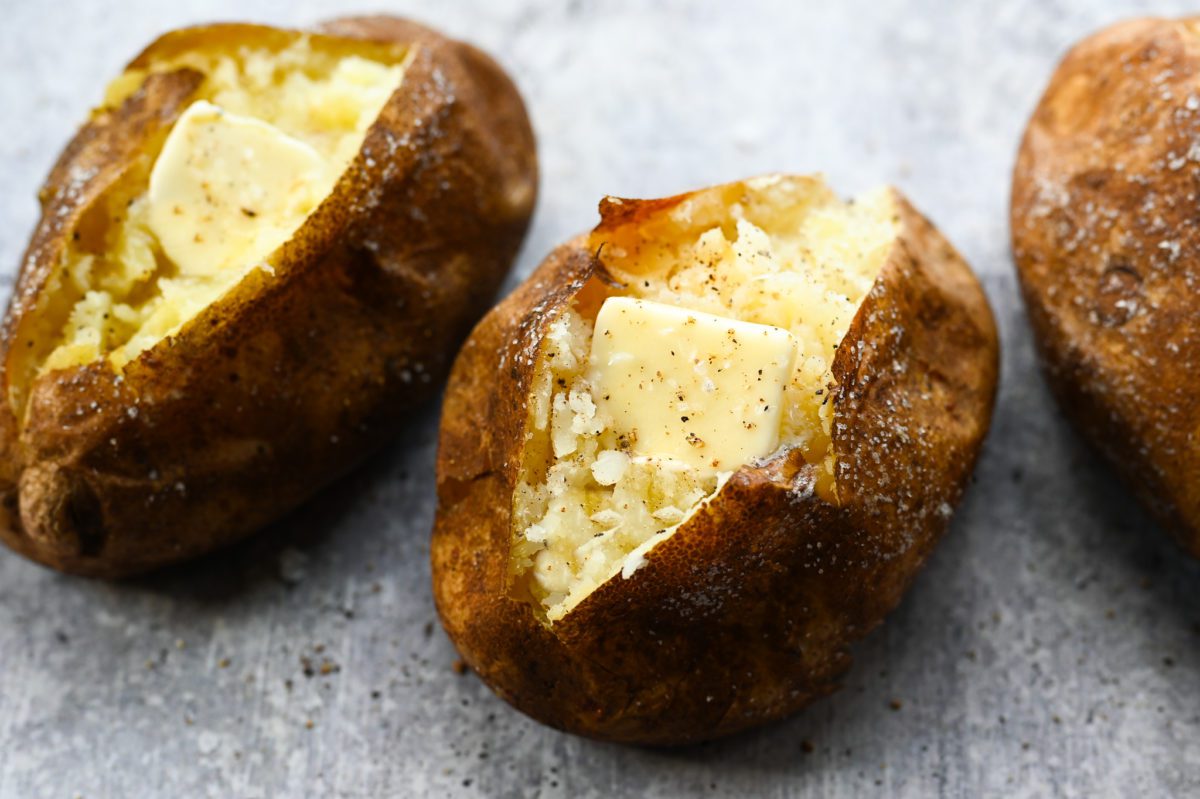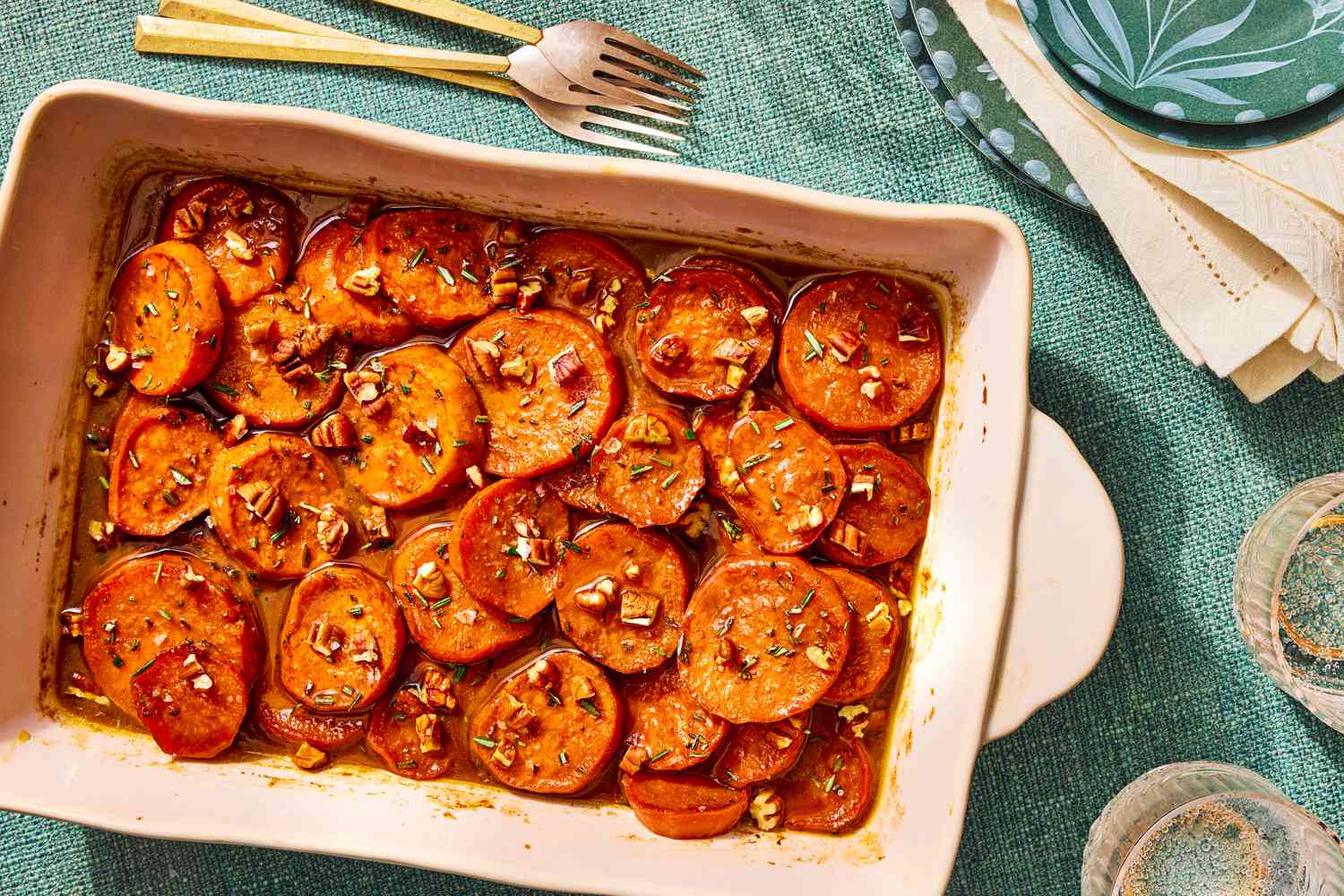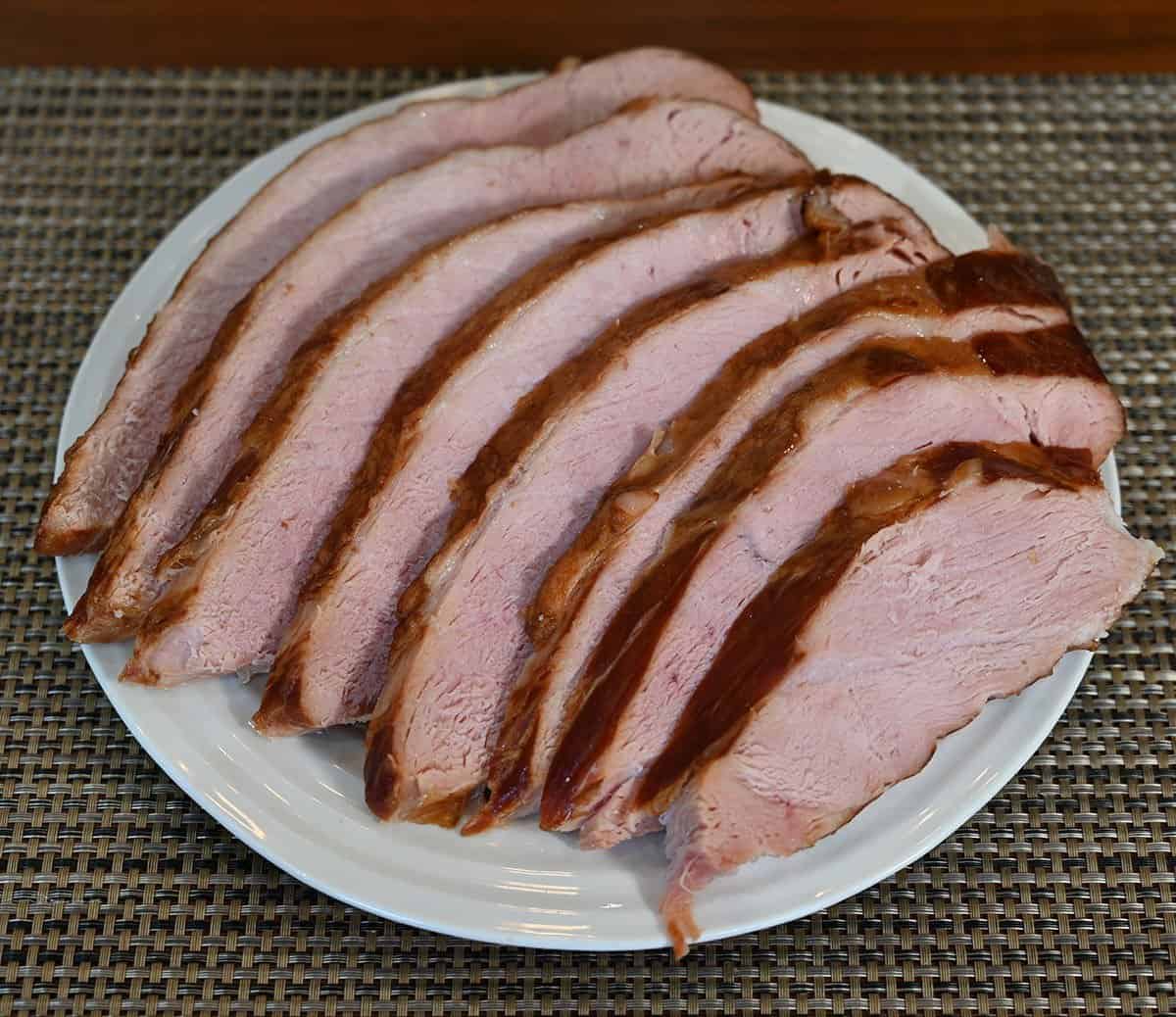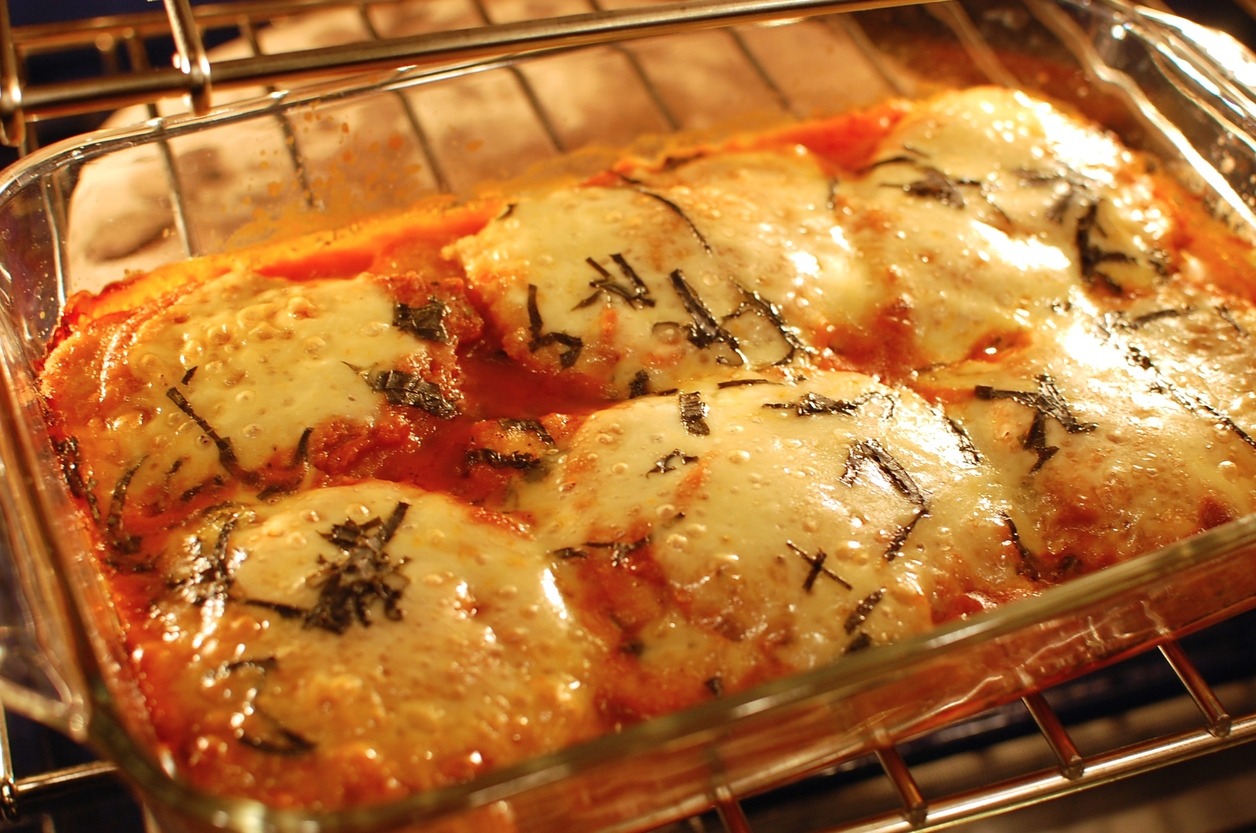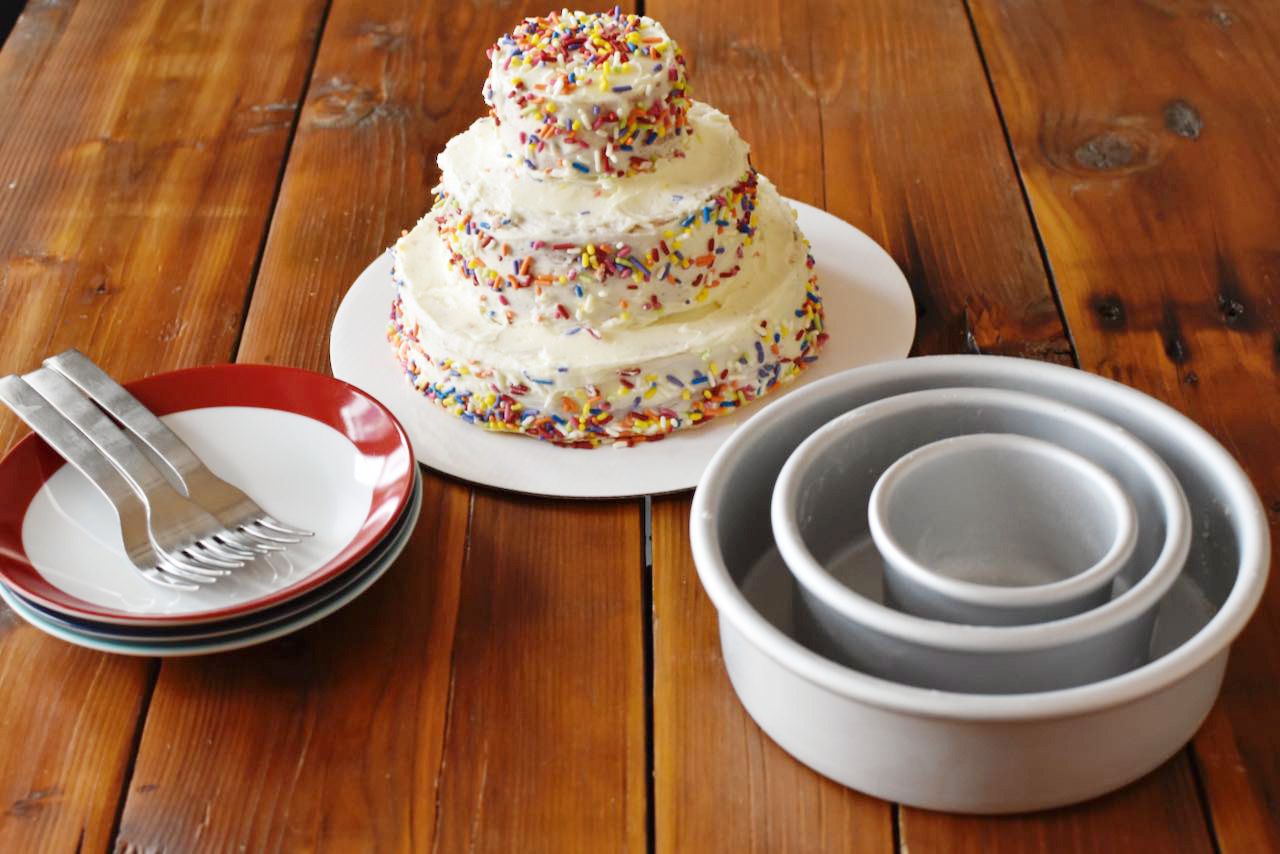How to Combat Soggy Pie Crusts With Epsom Salt
Every baker knows the frustration of spending time and effort perfecting a pie crust, only to have it turn out disappointingly soggy once it’s filled and baked. But fear not, because we have a secret weapon in the fight against soggy pie crusts – Epsom salt! Yes, you read that right. This common household ingredient can work wonders in preventing a mushy mess and ensuring a crispy, golden crust that will have everyone coming back for seconds. Here’s how to harness the power of Epsom salt to combat soggy pie crusts.
1. Choose the Right Crust Recipe
The first step in avoiding a soggy pie crust is to select a recipe that is specifically designed to be sturdy and crisp. Look for recipes that include ingredients like shortening or butter, as these fats help create a barrier between the filling and the crust. Consider using a recipe that calls for pre-baking the crust before adding the filling, as this extra step can make a significant difference in preventing sogginess.
2. Prepare the Epsom Salt Solution
To create the Epsom salt solution, dissolve 1 tablespoon of Epsom salt in 1 cup of water. Stir until the salt is completely dissolved. You can add this solution directly to the pie crust to combat sogginess during the baking process.
3. Brush the Crust with Epsom Salt Solution
Before baking your pie, use a pastry brush to gently coat the inside of the crust with the Epsom salt solution. Be sure to apply an even layer, covering both the bottom and the sides of the crust. The Epsom salt solution will create a thin barrier that helps repel moisture from the filling, keeping your crust crisp and flaky.
4. Preheat Your Oven
Before placing your pie in the oven, make sure it has reached the proper temperature. Preheating your oven ensures that the crust will start baking and forming a protective barrier right away, minimizing the chances of sogginess.
5. Bake at the Right Temperature
Adjusting the baking temperature can also help in preventing a soggy crust. Start by baking your pie at a high temperature, such as 425°F (220°C), for the first 15 minutes. Then, reduce the temperature to the recommended level for the rest of the baking time. This initial burst of heat will help the crust set and develop a firm texture, enhancing its resistance to moisture.
6. Ventilate Properly
One common culprit of soggy pie crusts is trapped steam. To avoid this, make sure your pie has proper ventilation. Cut slits or create decorative vents on the top crust to allow steam to escape during baking. This will help prevent the moisture from accumulating and turning your crust soggy.
7. Let It Cool and Set
Once your pie is done baking, resist the temptation to dig in immediately. Give it some time to cool and set. Allowing the pie to cool down properly will help the crust firm up, ensuring a crisp bite. Patience is key to achieving the perfect pie crust texture!
There you have it – a simple and effective way to combat soggy pie crusts with the help of Epsom salt. By following these steps, you can enjoy a beautifully crispy and flaky pie crust that complements your delicious filling. Say goodbye to mushy crusts and hello to pie perfection!
Was this page helpful?
Read Next: Sweet Technique: Prepping Cake Pans
